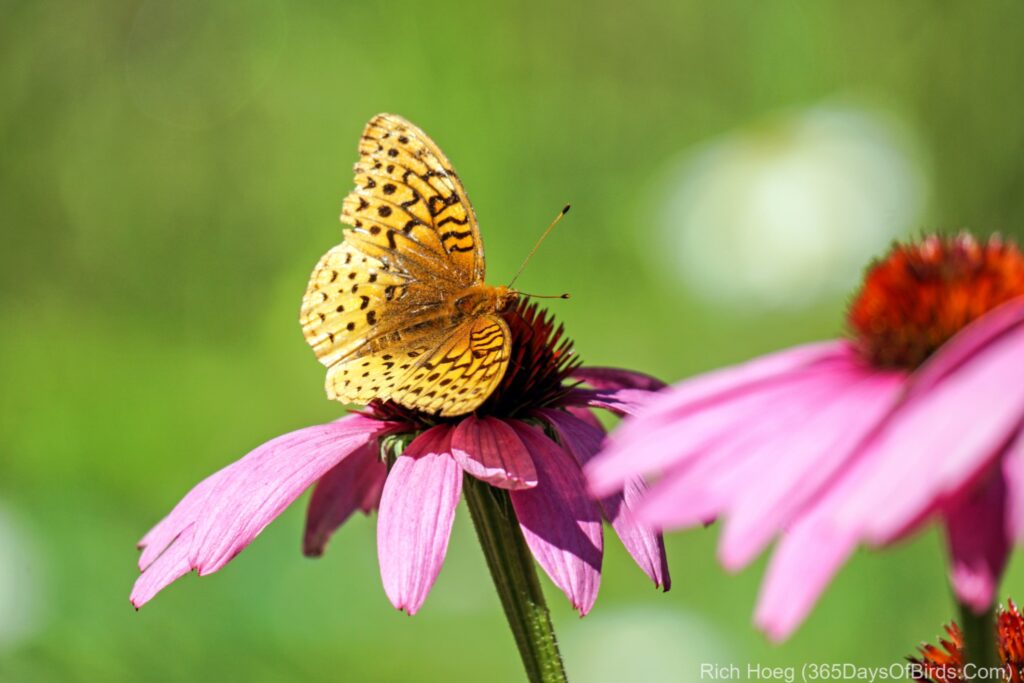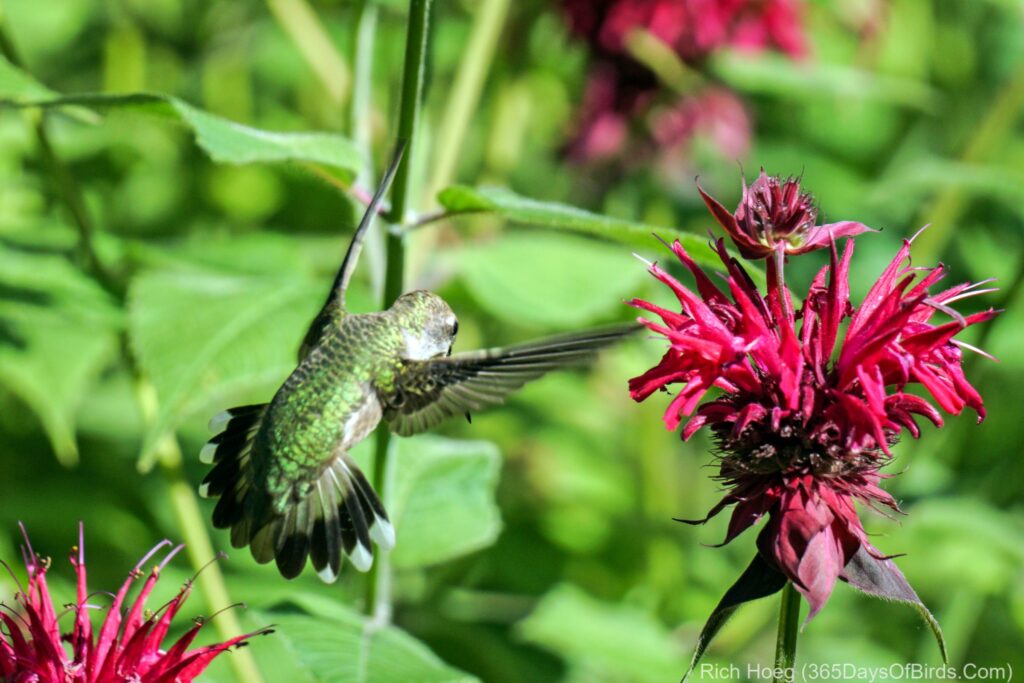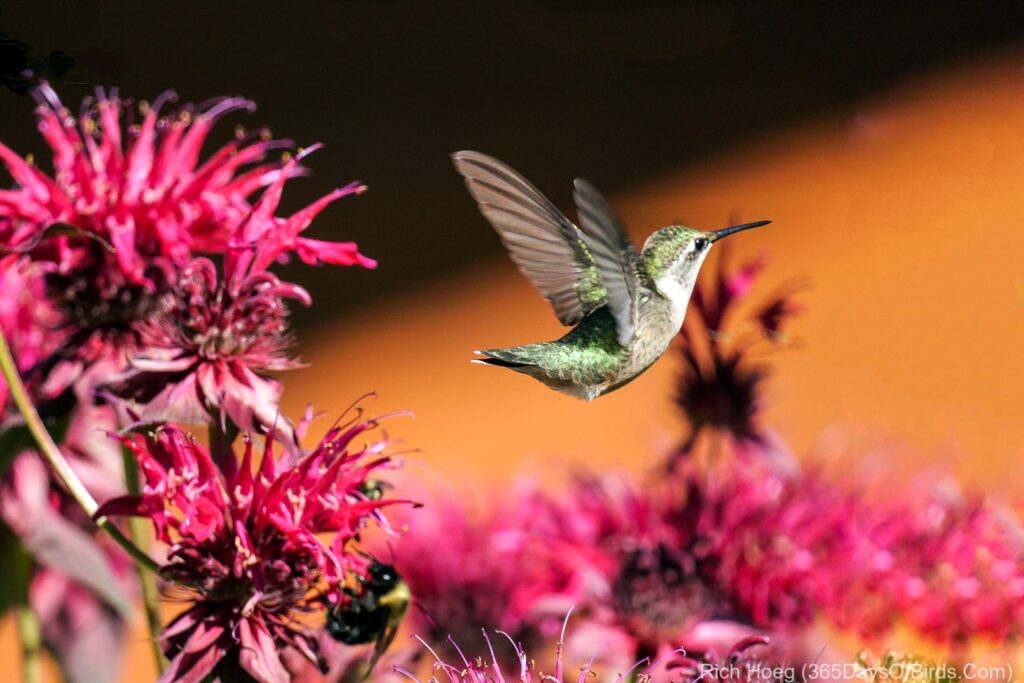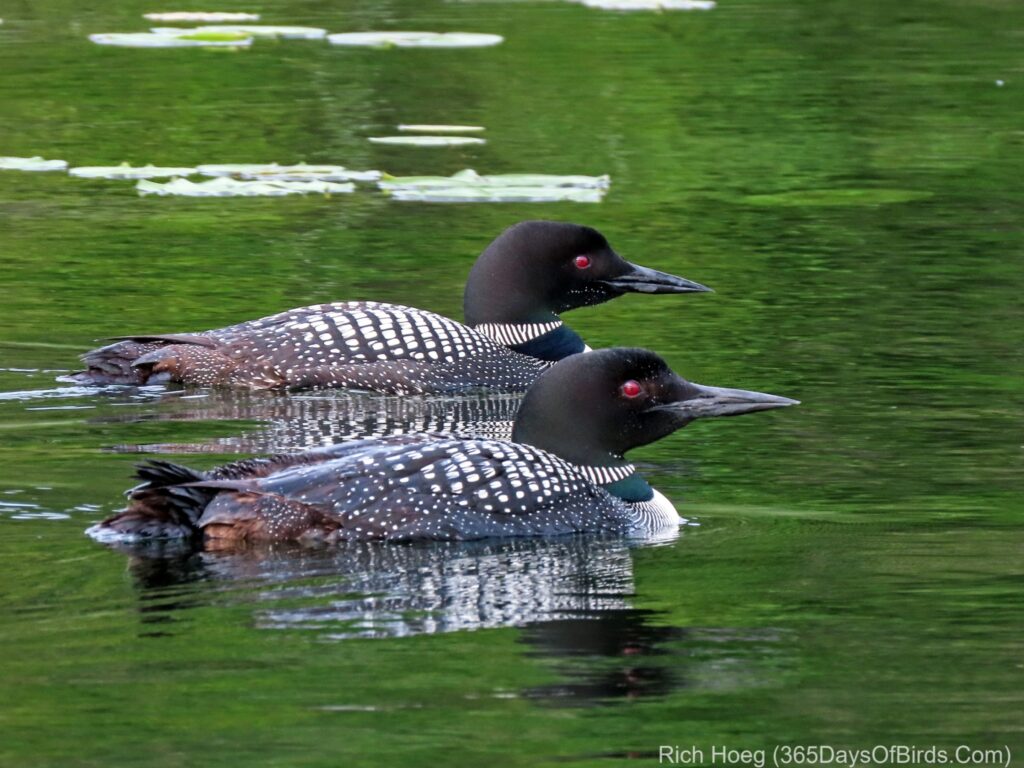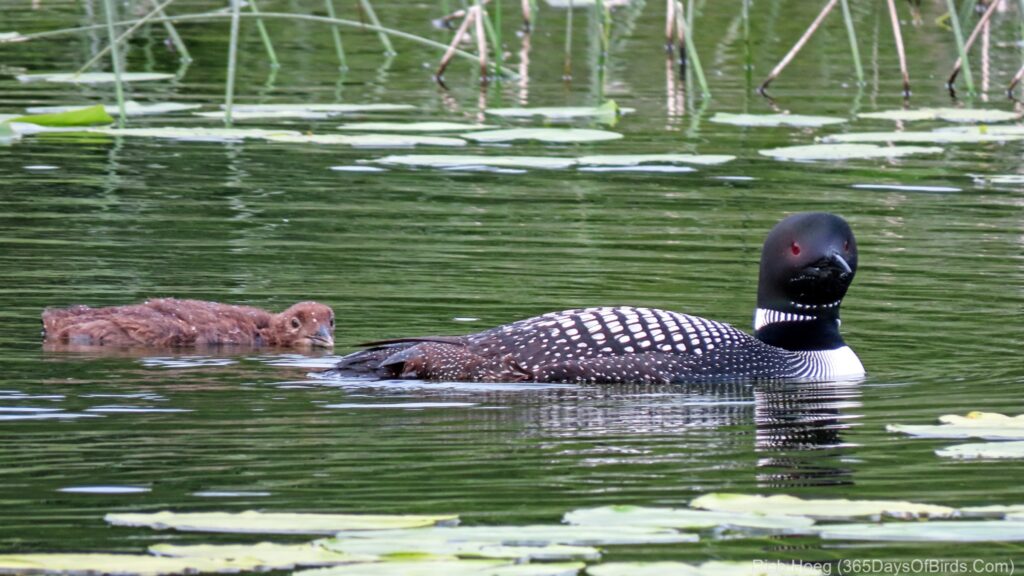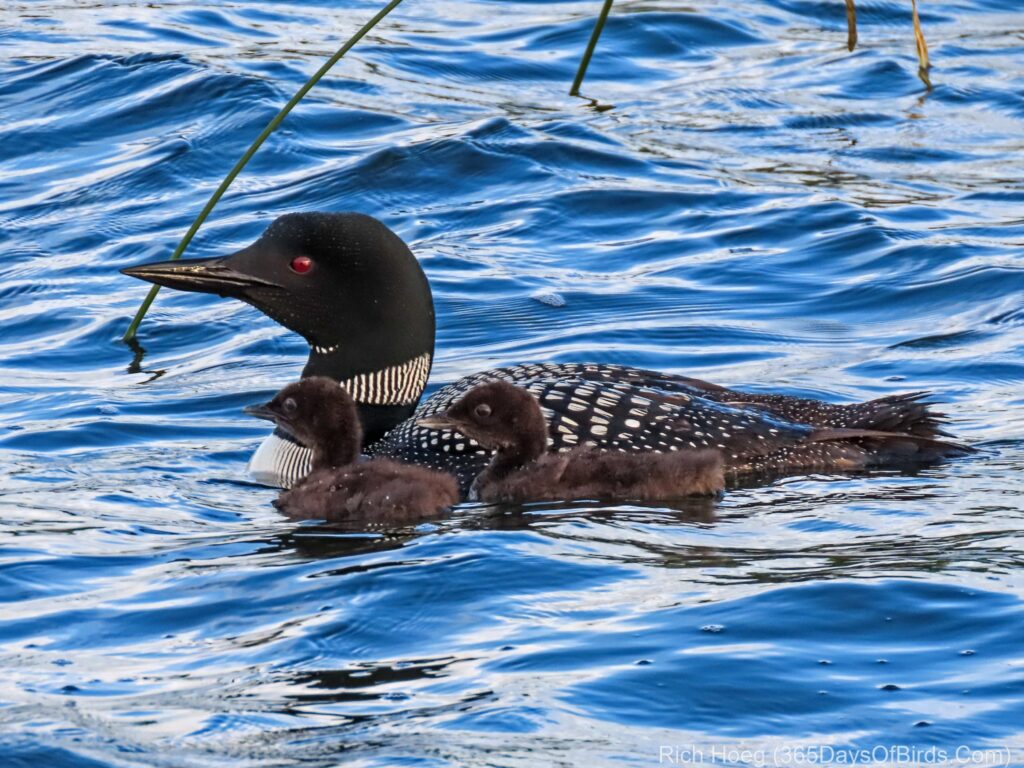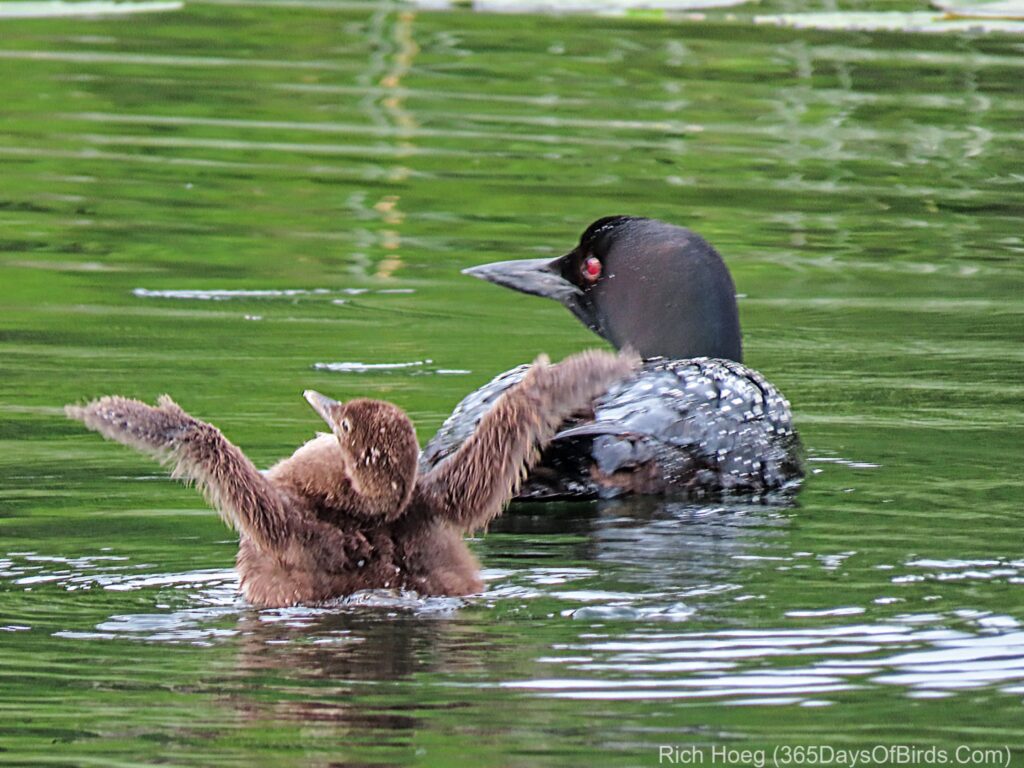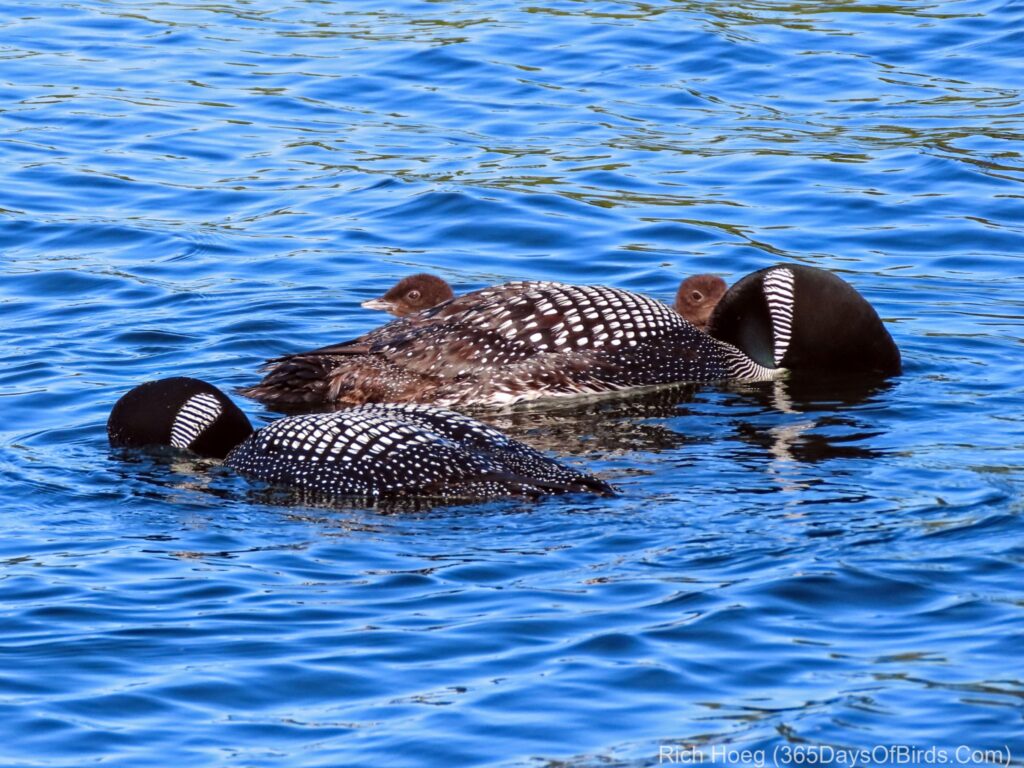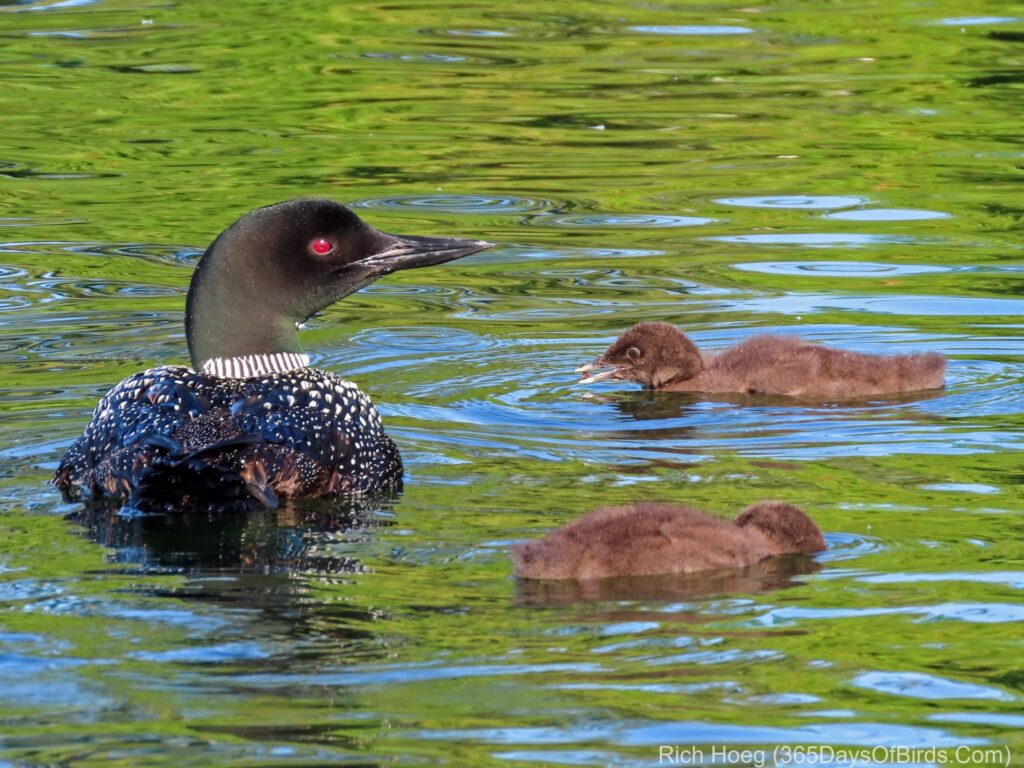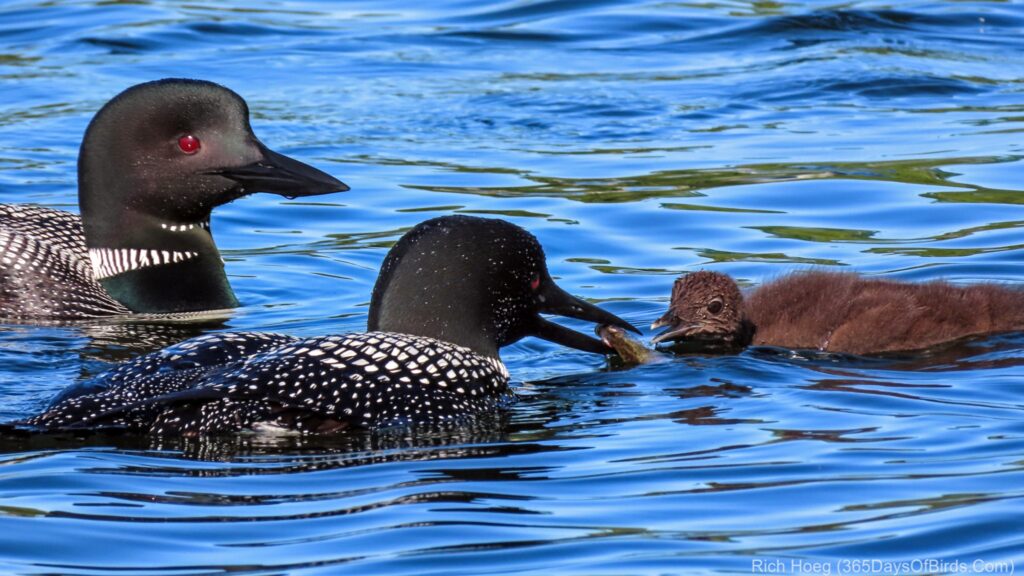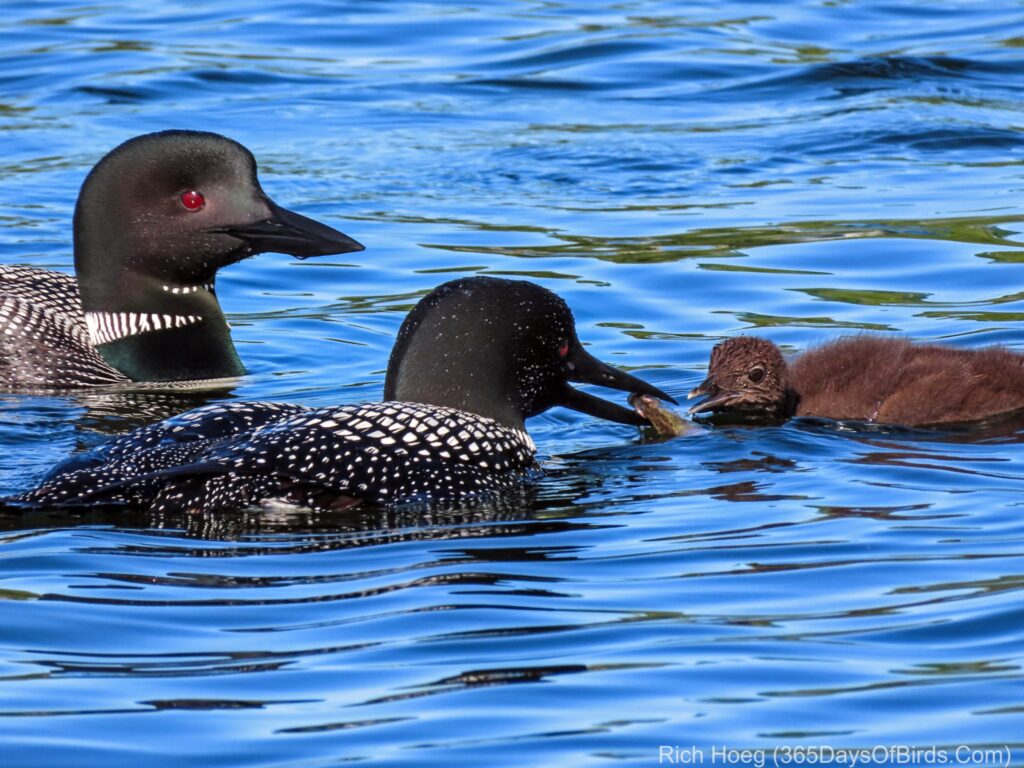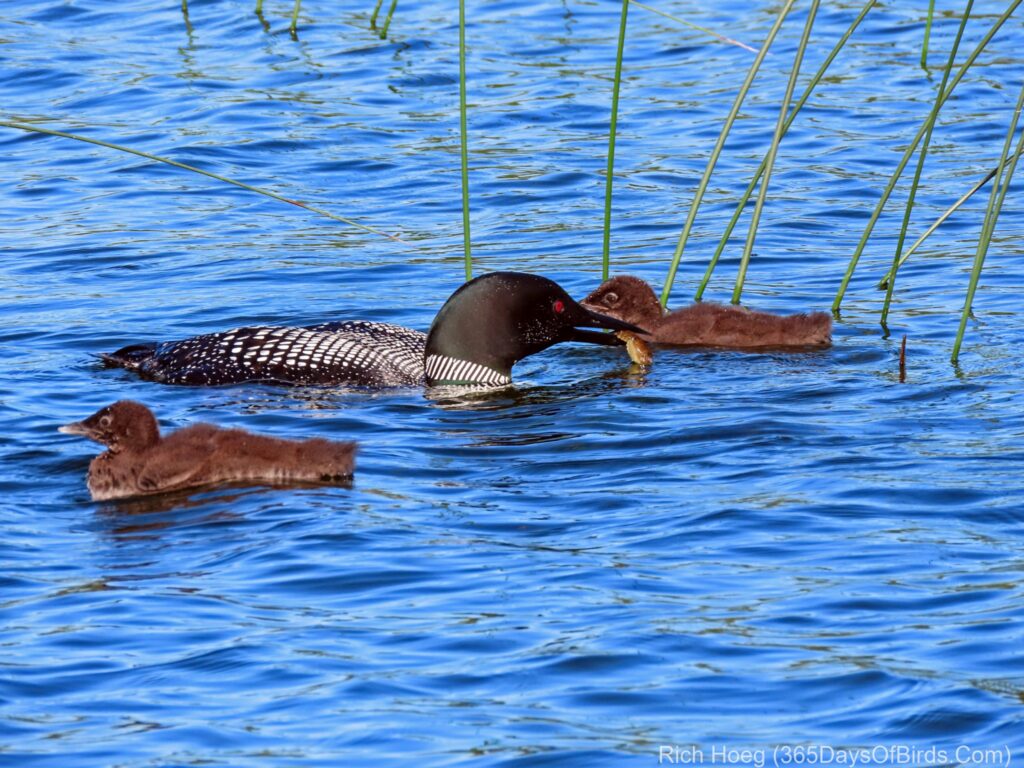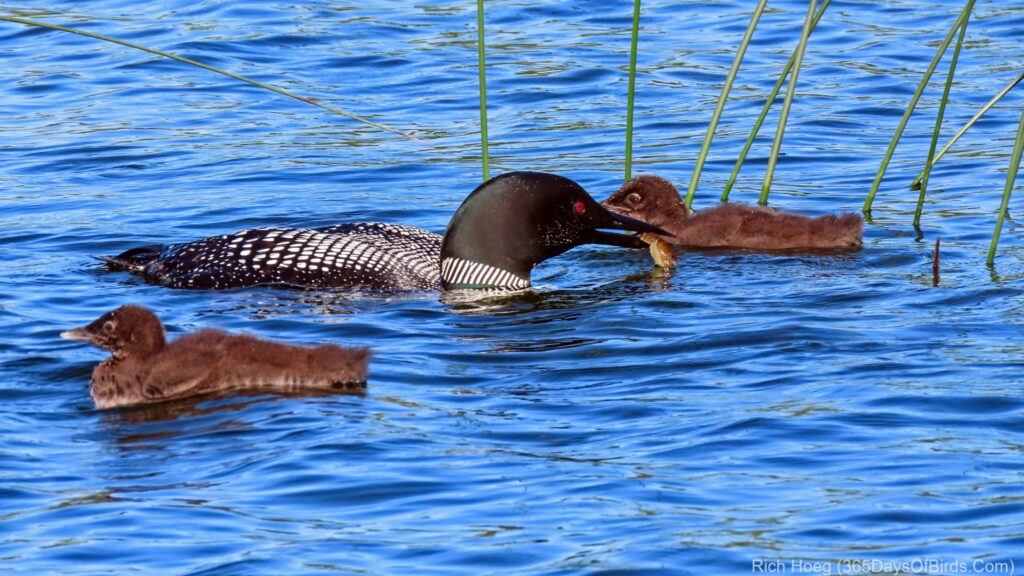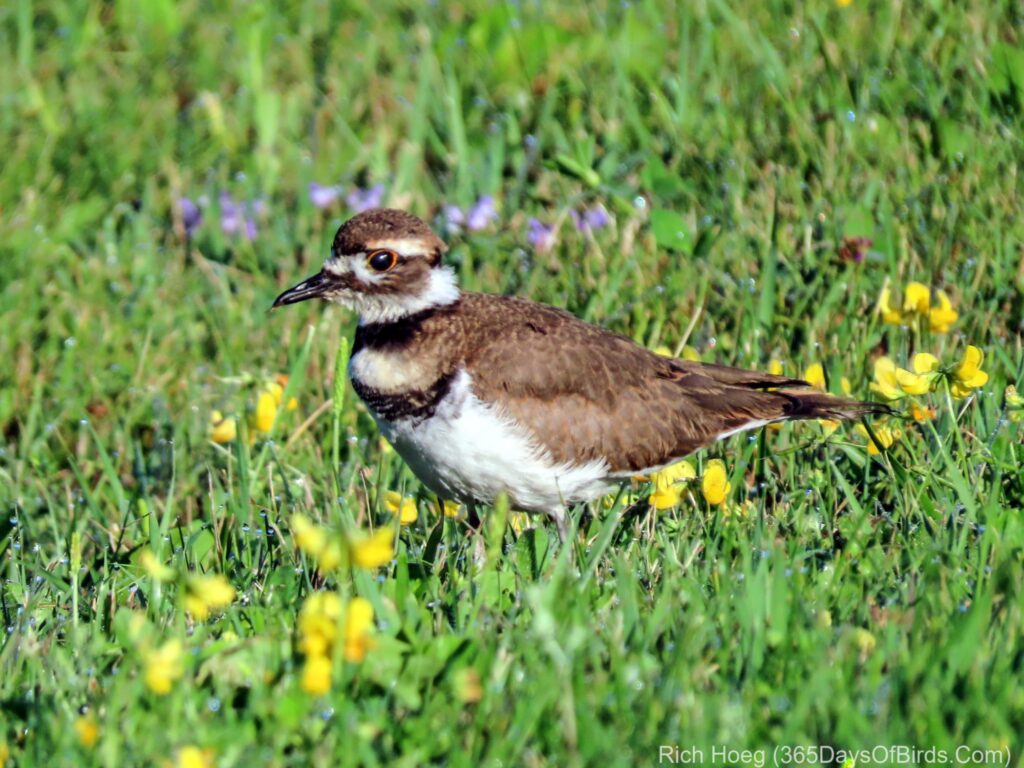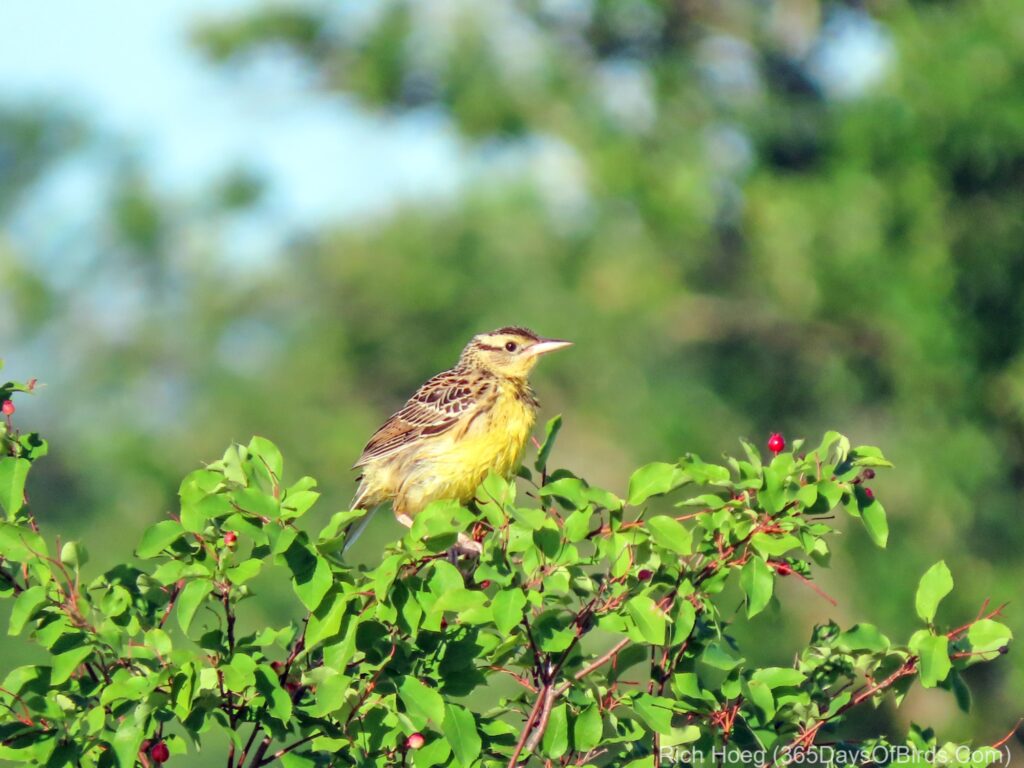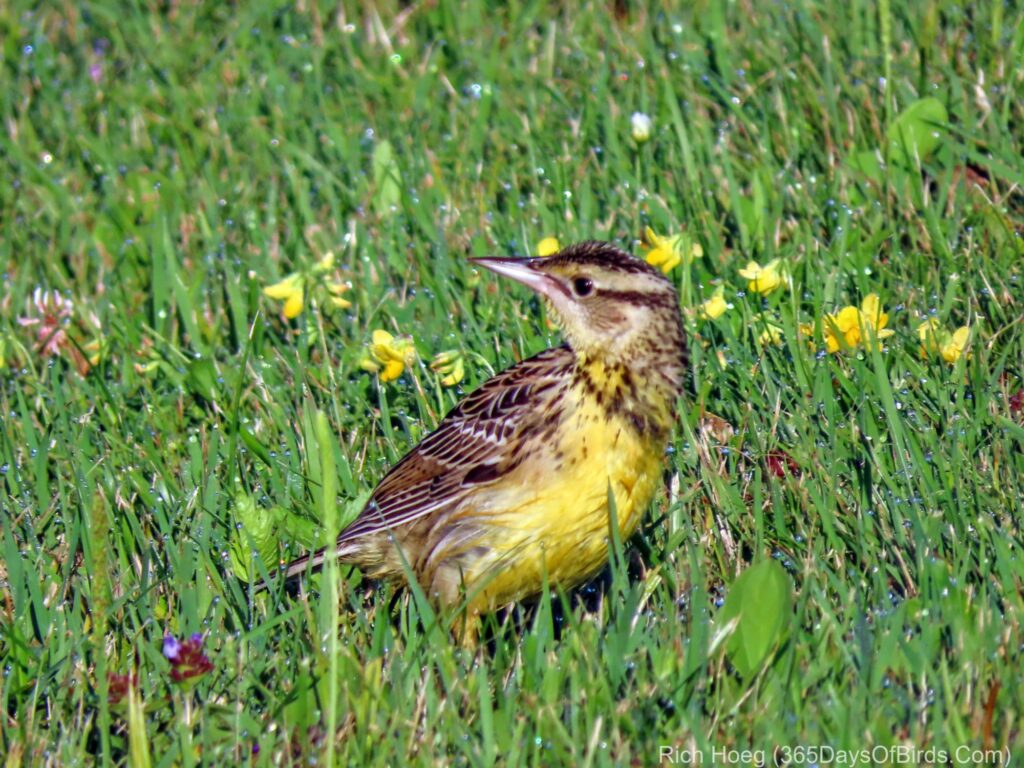If you want to see hummingbirds, while a feeder is a nice option, Bee Balm is the best option. Offering this perennial flower is like giving candy to a baby. The hummers can not resist it’s nectar. Once this flower blooms in your garden, if there are any hummingbirds in the vicinity of your home, they will lead a “bee line” to your abode.
Yesterday I sat in the garden. It was quite pleasant. For my evening session, I even had a glass of Chardonnay. Not a bad way to bird, eh? Thus, I present you “hummingbird studies”. I had fun, but the male Ruby-Throated Hummingbird taunted me. On two separate occasions it flew over to within two feet of my head. Each time it hovered for over five seconds while it checked me out. I did not dare move for fear of scaring it. Thus, I have no pictures of those close encounters. Swinging the camera around would have spooked the bird, and I want to gain its confidence and let the bird think I am just a big garden ornament!
The male Ruby-Throated Hummingbird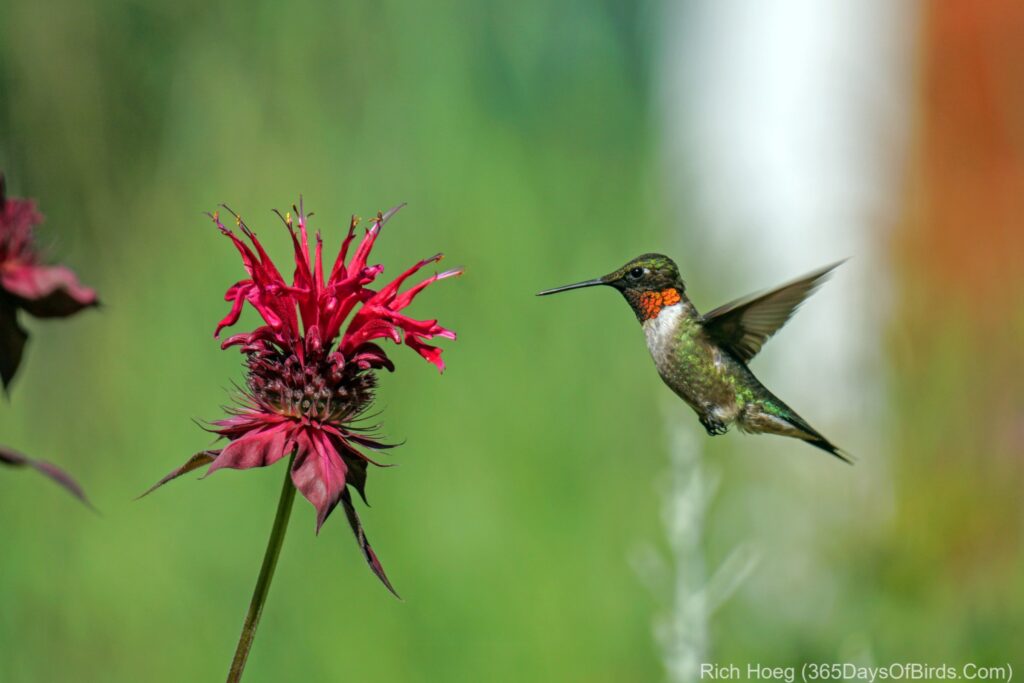
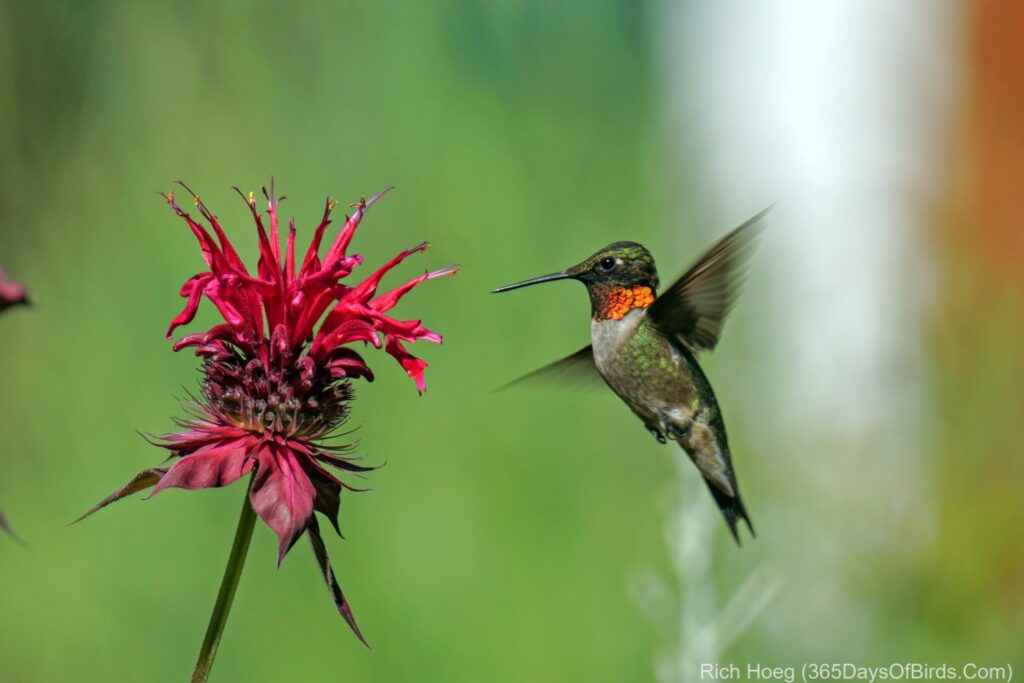

On his throne, guarding the Bee Balm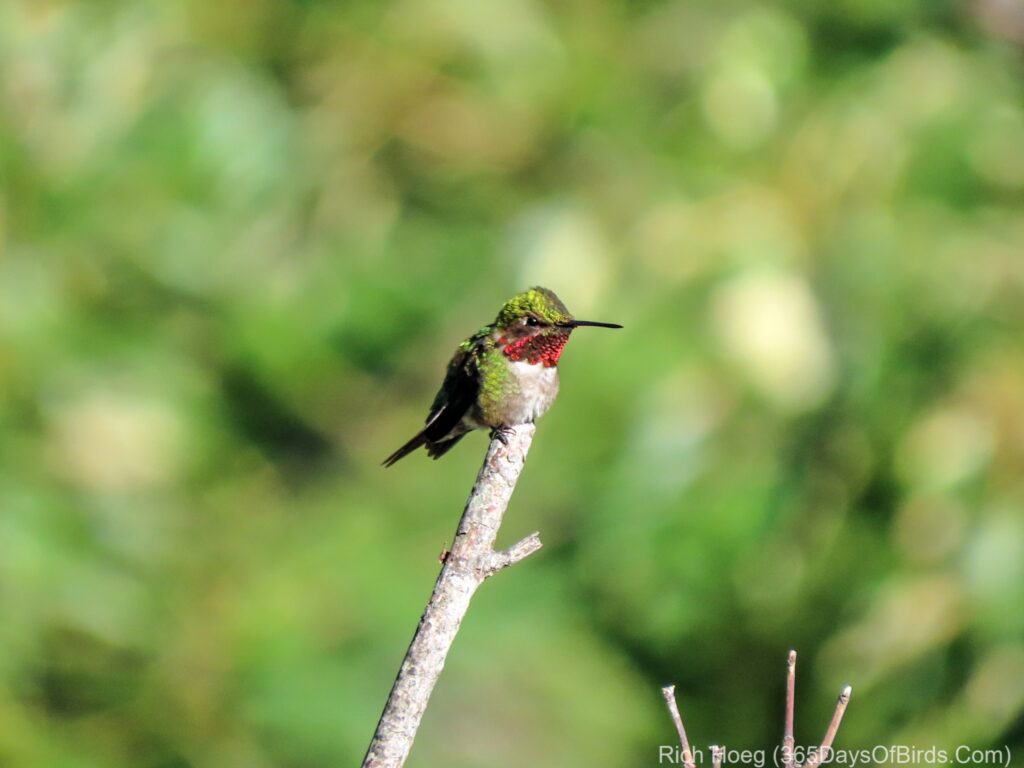
The females at work … there are obviously hatched chicks near by. The females stay long and come often. I don’t believe the males help at all with the feeding if the time of their visits are an indication.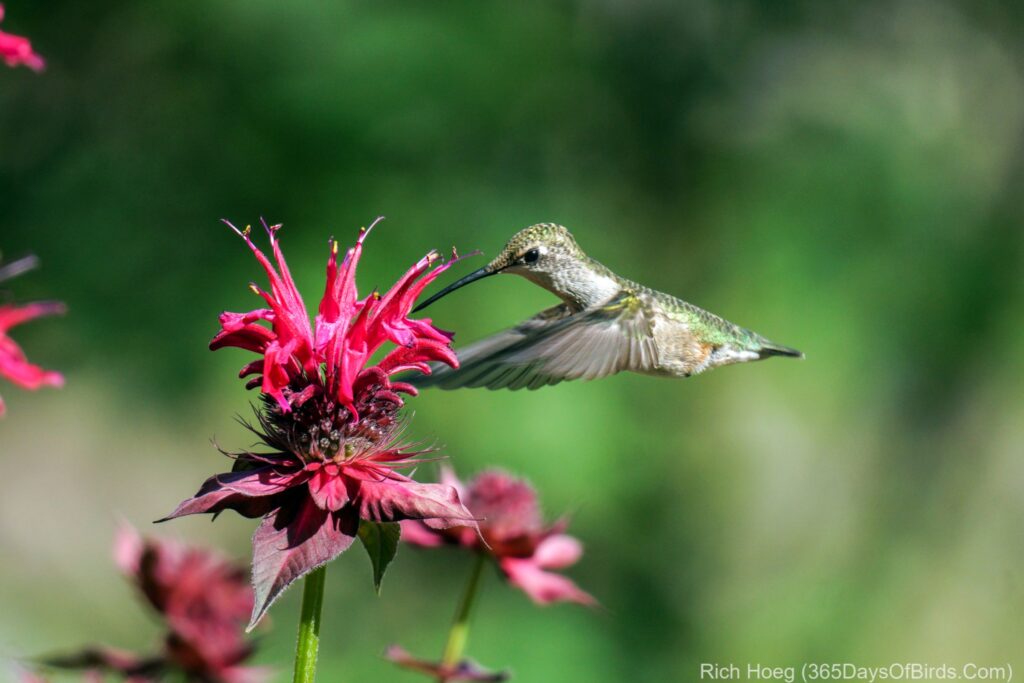
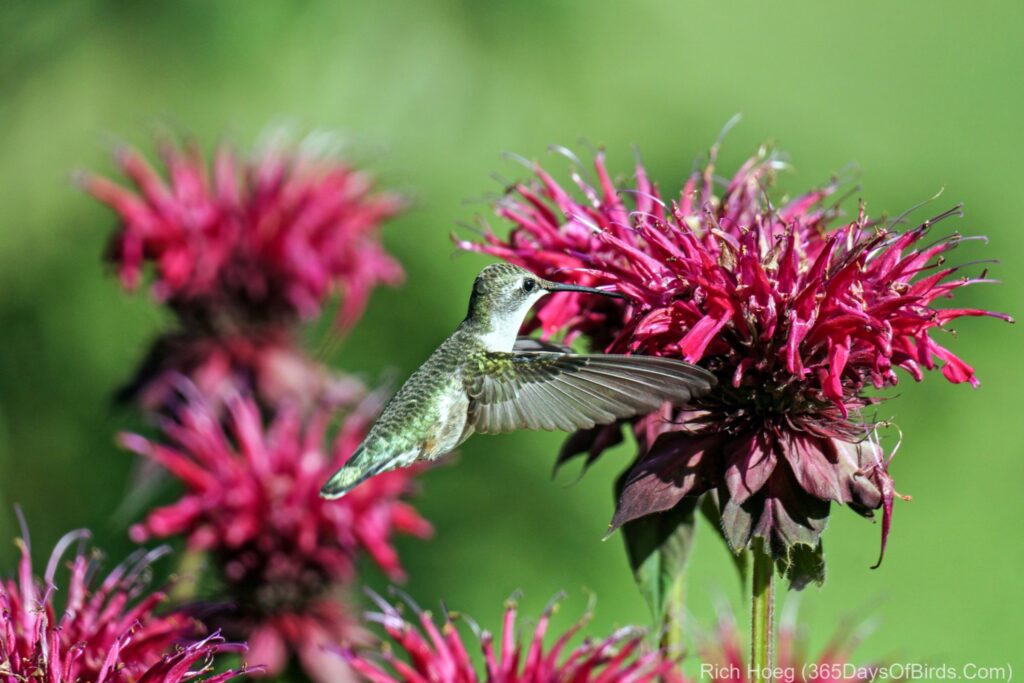
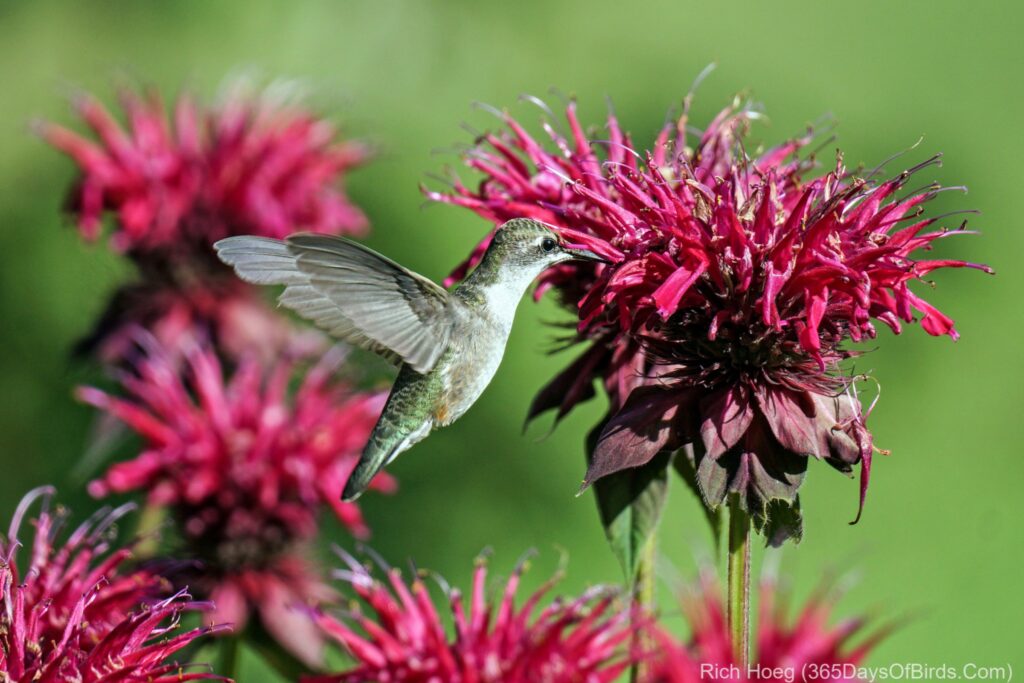
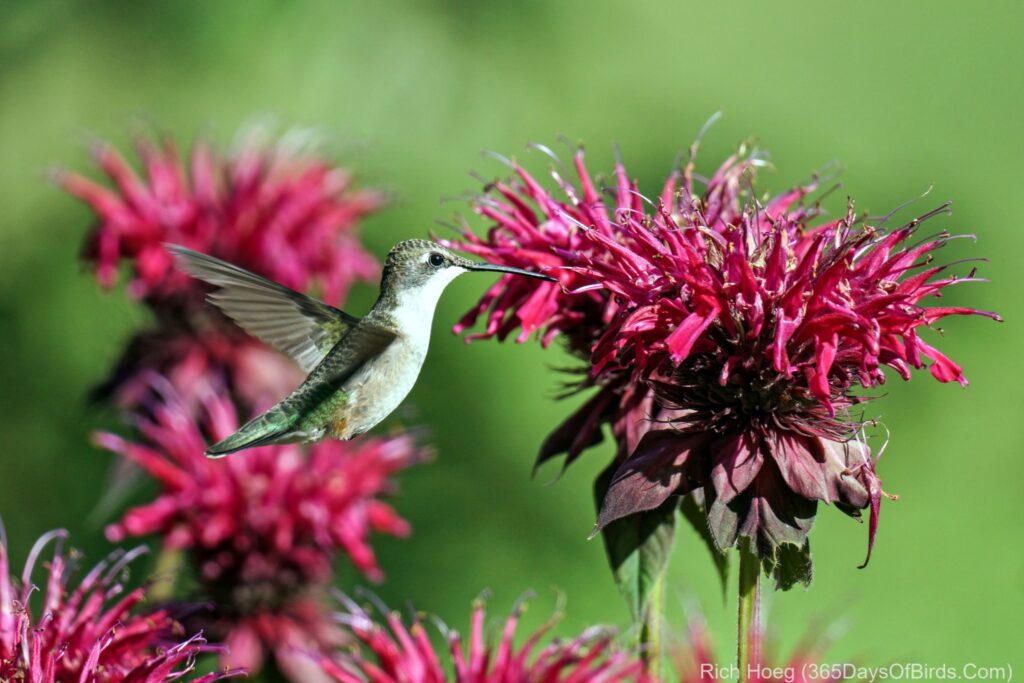
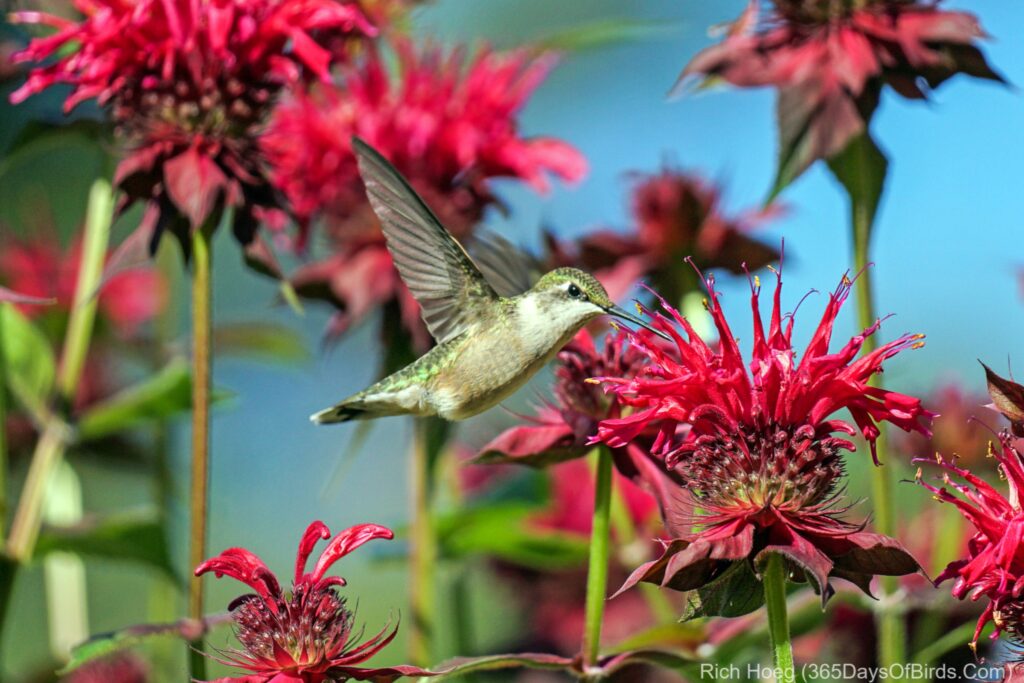
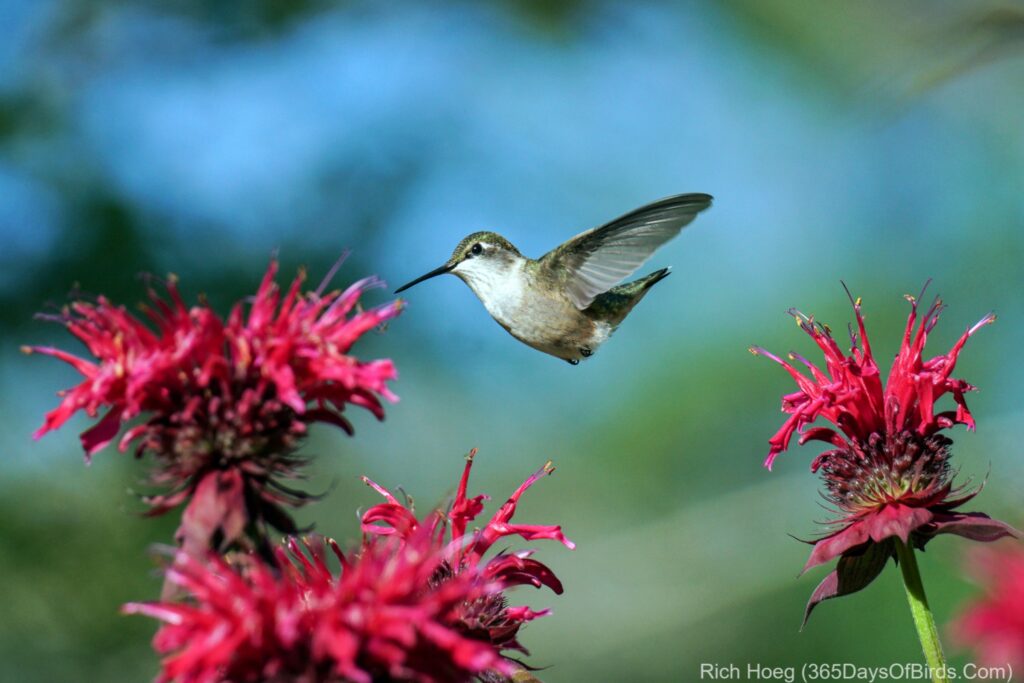
Taking a rest before heading back to the kids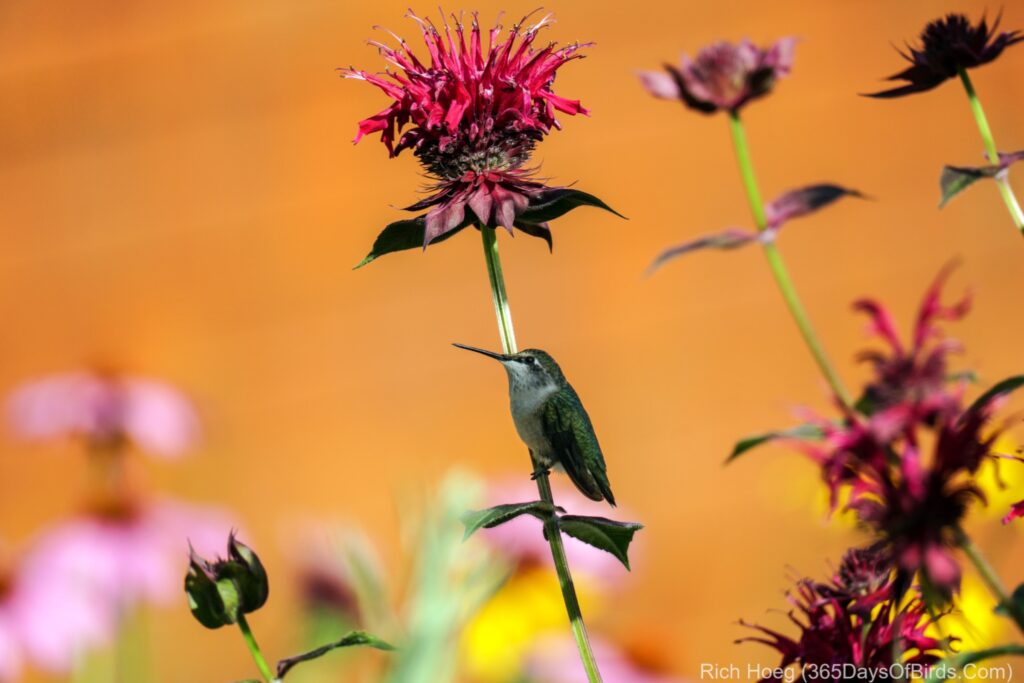
There was lots of other visitors to the garden … a Fritillary